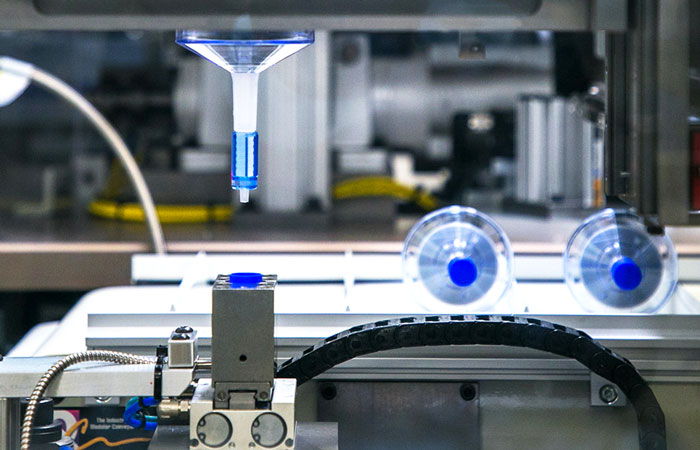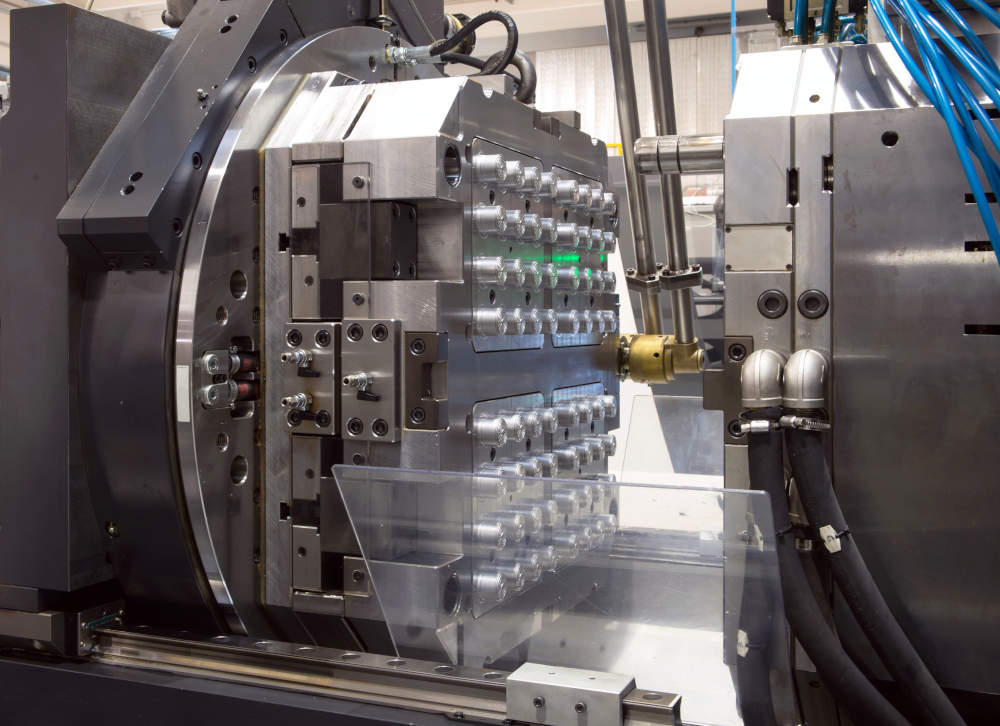The Influence of Plastic Injection Molding on Minimizing Manufacturing Expenses and Waste
The Influence of Plastic Injection Molding on Minimizing Manufacturing Expenses and Waste
Blog Article
The Future of Plastic Injection Molding: Patterns and Technologies to Enjoy
As the plastic shot molding industry evolves, a number of crucial fads are arising that promise to reshape its landscape. Automation and smart manufacturing methods are readied to improve performance, while the change in the direction of lasting products mirrors a growing environmental consciousness. Advancements in 3D printing are paving the way for unprecedented layout adaptability. These technologies additionally bring forth obstacles that need cautious consideration. Understanding how these elements will certainly engage and affect future techniques is essential for stakeholders looking to navigate this transformative period properly.
Automation and Smart Production
As the plastic injection molding sector progresses, automation and smart production are taking center phase, transforming production procedures - Plastic Injection Molding. The integration of innovative innovations such as robotics, IoT (Internet of Points), and expert system is allowing manufacturers to boost efficiency, lower operational prices, and enhance item high quality. Automated systems simplify process, decreasing hands-on treatment and enhancing throughput, which is essential in satisfying the climbing demand for fast manufacturing cycles
Smart producing modern technologies help with real-time surveillance and data analysis, permitting companies to enhance machine performance and anticipate upkeep needs. This positive strategy not only lessens downtime yet also prolongs the life-span of equipment. The usage of collaborative robotics, or cobots, boosts the adaptability of production lines, enabling makers and employees to run side by side securely and successfully.
The adoption of automation in plastic injection molding is not merely a trend yet a critical vital for services intending to continue to be affordable in an international market. By using these modern technologies, manufacturers can achieve higher accuracy, lower waste, and adjust promptly to transforming consumer needs, placing themselves for sustainable growth in an increasingly automated future.
Sustainable Products and Practices
The press in the direction of automation and wise manufacturing has led the way for a better focus on lasting materials and techniques within the plastic shot molding market. Firms are increasingly looking for green alternatives to conventional petroleum-based plastics, resulting in the fostering of recycled and bio-based materials. These sustainable materials not just reduce ecological impact however also straighten with customer demand for greener items.

Additionally, cooperation in between makers, material suppliers, and environmental organizations is promoting development in the development of sustainable products that meet performance criteria without endangering high quality. As regulations around plastic usage come to be stricter, the sector is positioned to adapt by accepting these lasting methods, guaranteeing long-term viability and minimizing dependence on non-renewable resources. The integration of sustainability into plastic shot molding is not simply a trend; it is coming to be an important part of corporate responsibility and operational quality.
Developments in 3D Printing
Current improvements in 3D printing modern technology are dramatically transforming the landscape of plastic injection molding. The integration of additive manufacturing procedures permits the fast prototyping of complicated geometries that were difficult or once challenging to achieve with conventional methods - Plastic Injection Molding. This capacity not only increases product growth cycles but additionally minimizes material waste, straightening with the growing need for lasting manufacturing methods
Additionally, the emergence of hybrid manufacturing techniques, which combine 3D printing and shot molding, provides suppliers the ability to develop detailed layouts while maintaining the performance of mass manufacturing. This technique enables the production of customized components tailored to certain customer needs without giving up the rate and scalability that browse around here injection molding offers.
Additionally, advancements in materials, such as high-performance polymers and compounds particularly created for 3D printing, are boosting the functional capacities of published parts. These materials can hold up against better stress and anxiety and show improved thermal buildings, making them suitable for more requiring applications.
As 3D printing continues to progress, its integration right into plastic injection molding processes promises to enhance productivity, decrease expenses, and foster technology in product layout, placing manufacturers to much better satisfy the difficulties of an open market.
Information Analytics and IoT Combination
Information analytics and the integration of the Net of Things (IoT) are reinventing plastic injection molding by offering makers with unmatched understandings right into their procedures. By leveraging real-time data collected from interconnected equipments and sensing units, suppliers can check efficiency metrics, identify inefficiencies, and optimize manufacturing processes. This data-driven approach helps with anticipating maintenance, decreasing downtime and expanding tools life expectancy.
Furthermore, IoT assimilation permits look at more info for enhanced quality control. By continuously tracking variables such as temperature, cycle, and stress times, suppliers can quickly find variances from developed criteria and make adjustments in real time. This not just enhances product uniformity but additionally lowers waste and scrap rates.
The combination of data analytics and IoT modern technologies likewise empowers producers to embrace even more agile production approaches. With accessibility to extensive data analytics, organizations can reply to market needs with better versatility, readjusting production routines and arrangements as required. This versatility is necessary in a swiftly altering manufacturing landscape.

Modification and Style Versatility
Just how can modification and layout flexibility improve the competition of plastic injection molding? Customization allows suppliers to satisfy specific customer demands, accommodating one-of-a-kind dimensions, shapes, and performances that typical items may not meet.
Innovations in style innovations, such as computer-aided design (CAD) and quick prototyping, further boost this fad. These tools make it possible for designers to produce detailed patterns and complex geometries, which can be seamlessly integrated right into the manufacturing process. As an outcome, suppliers can react quickly to altering consumer choices and market demands.
Furthermore, the application of modular tooling systems enhances style flexibility, allowing for quicker changes between various product layouts without comprehensive downtime. This flexibility can lead to lowered lead times and lower production costs, making companies more dexterous and affordable. Inevitably, welcoming customization and style versatility in plastic shot molding not just elevates product offerings however likewise strengthens market positioning in an ever-evolving landscape.
Final Thought
The future of plastic injection molding article source is identified by substantial developments in automation, lasting methods, and cutting-edge materials. The assimilation of IoT and information analytics will improve functional performance and predictive maintenance. Additionally, the fostering of recycled and bio-based materials, along with progression in 3D printing, will certainly promote sustainability within the market. Modification with modular tooling and fast prototyping will certainly make it possible for suppliers to remain competitive and receptive to the vibrant needs of the market.

The future of plastic shot molding is identified by considerable developments in automation, lasting methods, and cutting-edge materials.
Report this page